By visiting our site, you agree to our privacy policy regarding cookies, tracking statistics, etc. Read more
Fast food and quick service restaurants demand employees who can work efficiently, consistently, and collaboratively. Training in this sector is not merely an orientation process; it’s a carefully curated system designed to prepare employees for the unique challenges of the industry.
From flipping burgers to managing complex point-of-sale systems, the training methodologies employed by fast food restaurants are tailored to ensure that staff can uphold brand standards, maintain food safety, and deliver exceptional customer experiences under pressure. The emphasis lies on hands-on learning, repetition, and standardized procedures to foster mastery in a short timeframe.
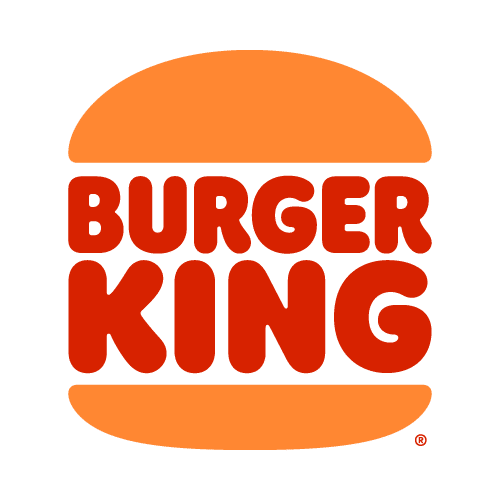
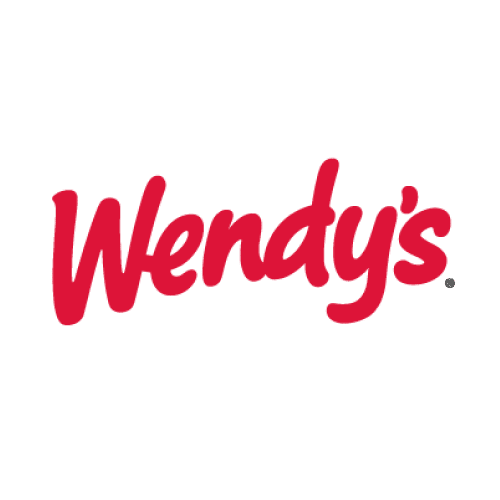
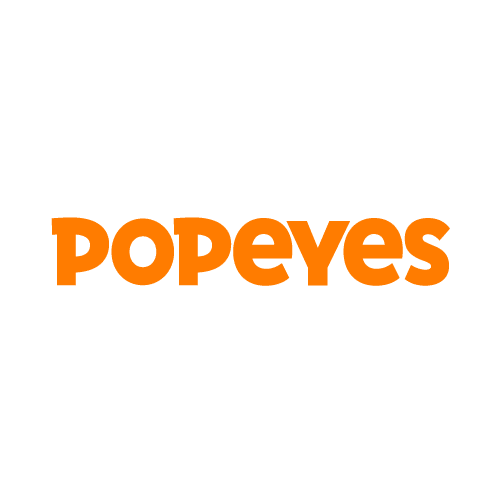
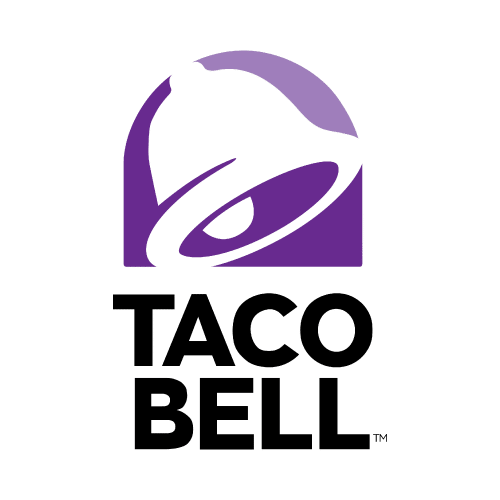
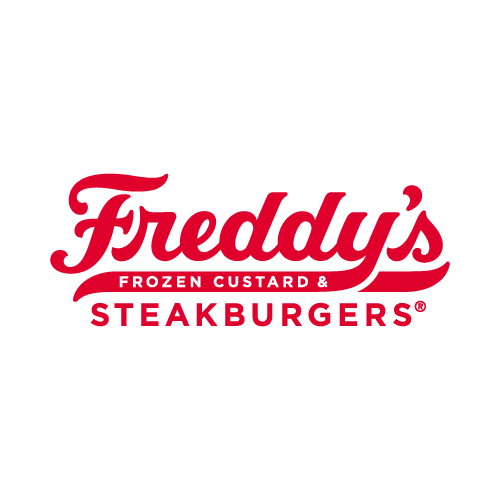
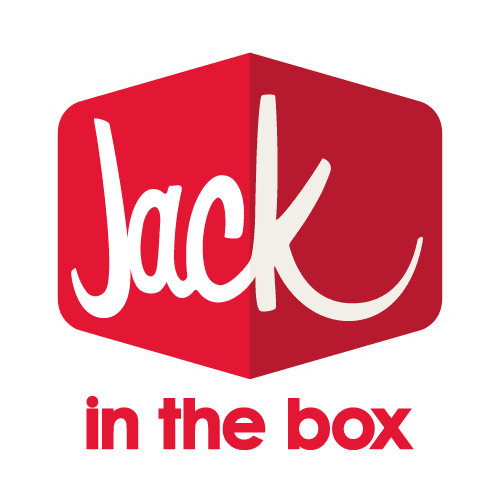
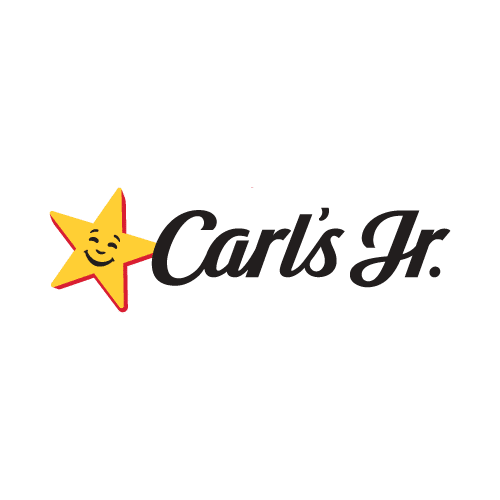
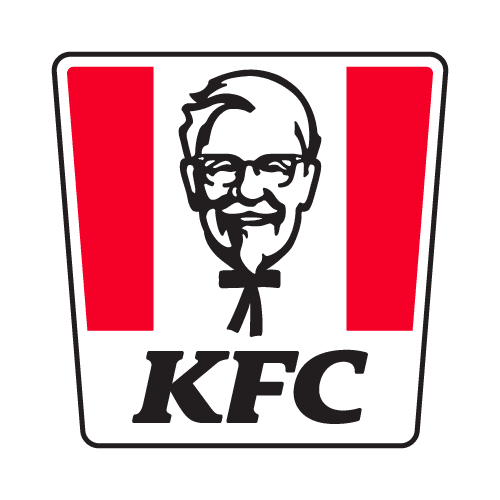
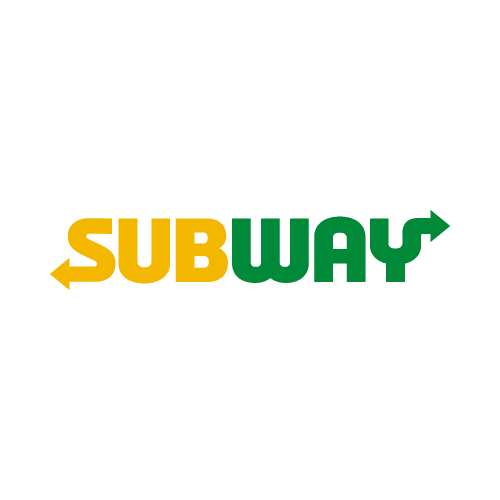
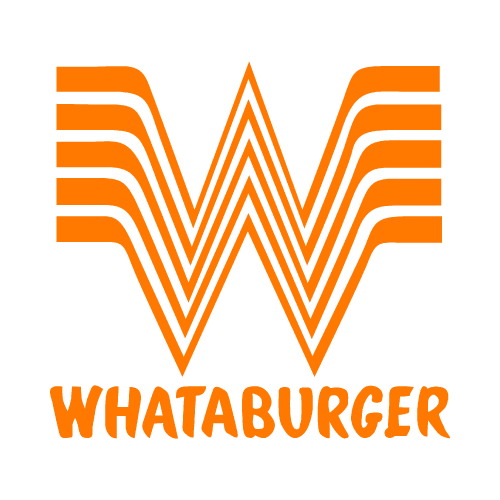



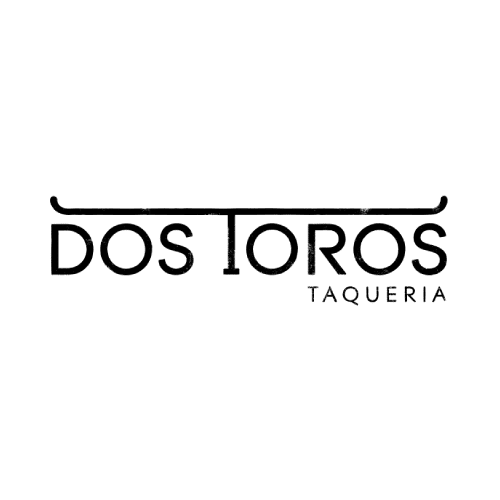
The effectiveness of staff training hinges on a blend of theoretical instruction and practical application. Here are strategies that fast food restaurants often implement to ensure their training programs are impactful:

A fast food training manual serves as the blueprint for operational excellence. It should encapsulate every aspect of the job, providing clear, concise, and actionable instructions. Key components include:
ntroduction to the Brand
Roles and Responsibilities
Operational Procedures
Health and Safety Guidelines
Customer Interaction Protocols
Performance Metrics and Feedback

A food handler certification course is an essential credential for fast food employees, focusing on critical aspects of food safety and hygiene. These courses, often mandated by local health authorities, cover topics such as:
Completion of this certification not only ensures regulatory compliance but also underscores an employee’s commitment to maintaining high standards of food safety.
The onboarding process is an employee’s first impression of the organization, and it sets the tone for their journey within the company. Effective onboarding combines administrative setup with an engaging introduction to the workplace culture.
Preboarding Preparation
Welcoming Environment
Structured Orientation
Hands-On Training
Mentorship Assignment
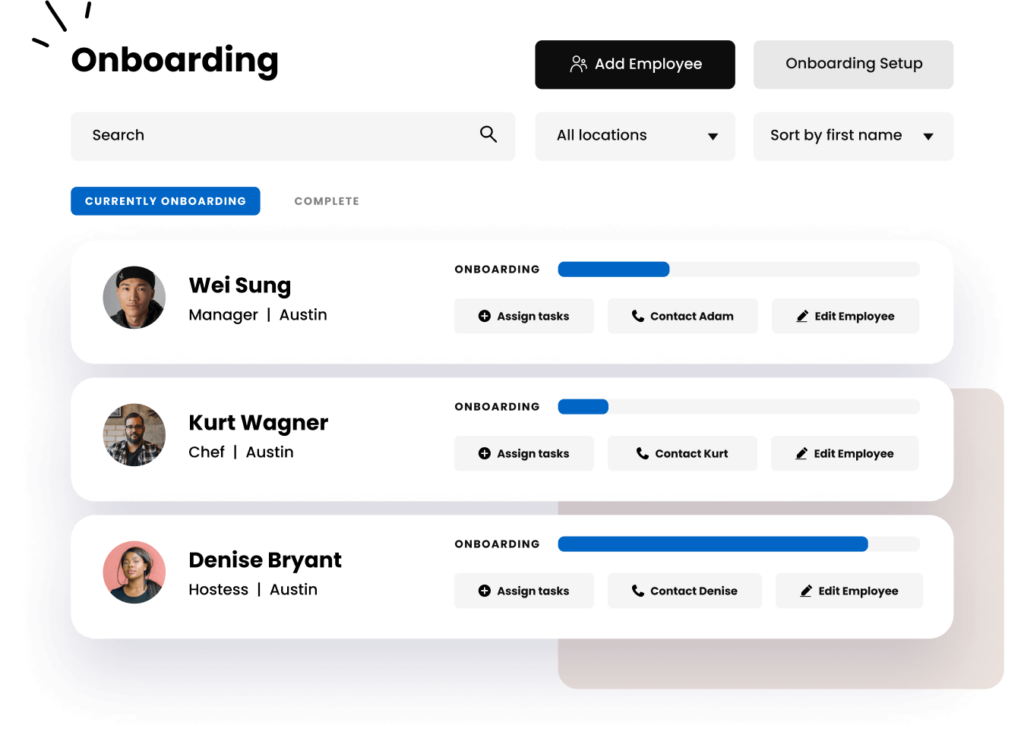
Blog Menu
See why more than 40,000 restaurants use Restaurant365
Training employees in the fast food industry is a meticulous process that balances efficiency with thoroughness. By investing in well-structured training manuals, innovative teaching methods, and comprehensive onboarding programs, fast food restaurants can cultivate a workforce that is skilled, motivated, and aligned with the brand’s ethos.
Share this blog:
500 Technology Drive, Suite 200
Irvine, CA 92618
Restaurant365 bridges the gap between accounting and operations by centralizing all data, helping restaurant operators to become more efficient, accurately forecast, and tackle any challenge or opportunity with speed and accuracy.